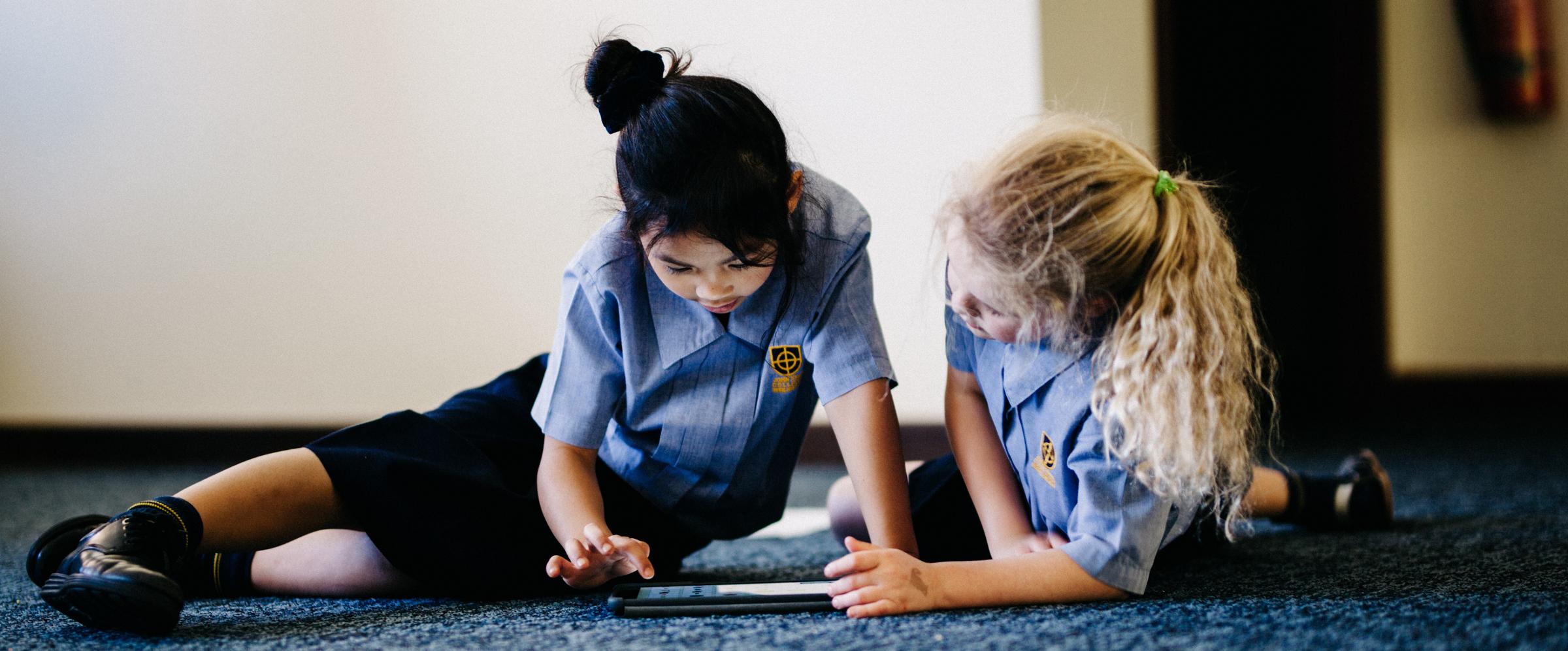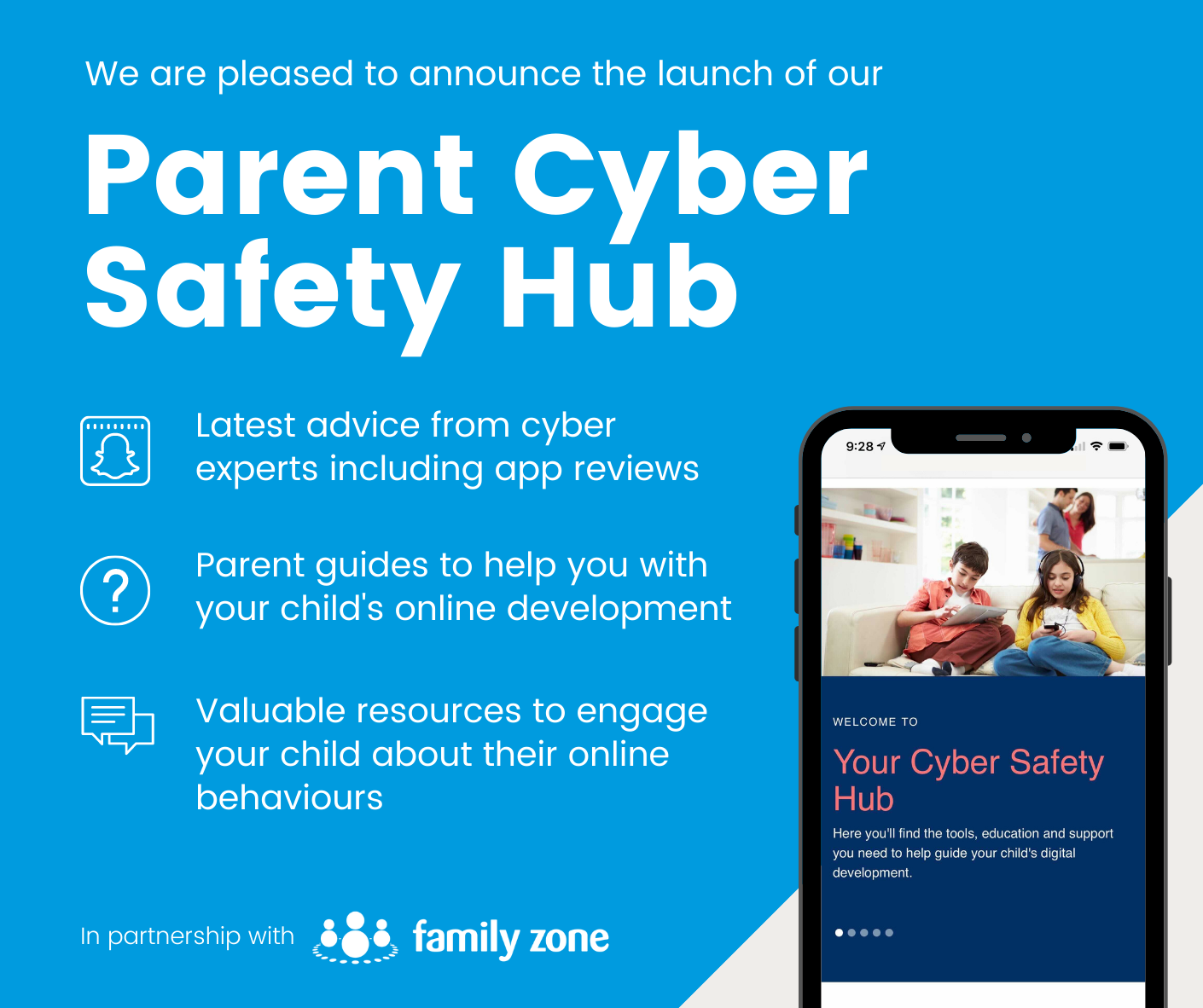Cyber Safety

Dealing with Online Nastiness
With a teenager’s social life becoming more and more immersed in the digital world, online conflict between peers is bound to happen. Here’s how parents can help their teenagers navigate online nastiness.
We often use the words ‘cyberbullying’ to describe conflict online. For teenagers however, conflict isn’t always seen as cyberbullying, and many researchers argue that online nastiness is a natural (albeit unpleasant) extension of developmentally-normal teenage conflict.
For many parents, online nastiness can be a difficult digital behavior to navigate, as in most instances their child has also posted some less-than-ideal things to someone online. It’s an important point to remember that online nastiness does not make a child ‘bad’. It means that they are learning important skills in how to deal with relational conflict.
The main difference between online conflict and ‘real life’ conflict is that teenagers will sometimes say things more extremely than they would face-to-face. Interestingly, psychologists attribute this to a phenomenon called the ‘Online Disinhibition Effect’.
So, if your child is caught up in a spiral of online nastiness, here are steps you can take to address and create success from the issue.
Step 1. Stop the Spread
The first step is to deal with the nastiness itself, and the best way of doing this is ceasing the contact as much as possible. There are two key steps involved in this initial stage.
The first is to delete all of the nastiness that is still online. The reason for this is to decrease the possibility of further exposure to peers, who can share and perpetuate the spread of the content further. The content can be deleted by reporting it to the social media platform directly. Parents should also have their children remove any nasty content that they have posted on their own platforms, including removing messages from group chats (where possible).
The second step is to cease all contact with the people involved in the nastiness. This can be difficult, particularly if they are students that go to school together, but it is essential in order to stop further content from being created. All parties involved in the conflict need some breathing space, and this is best facilitated by blocking their profiles or contact numbers.
Step 2. Problem-Solve
The next step is to try and work out with your teen how to best approach the situation from there. Do amends need to be made? Is it best to avoid the person from now on? Are there other people that need to be consulted for help (eg. the school)? The answer to this is not a one-size-fits-all solution, so problem-solving with your child is essential.
The key words there however, are ‘with your child’. Solving it for them won’t necessarily help them learn about how to deal with online conflict if faced with it again in the future. Doing it together is a vital step in them becoming responsible digital adults. When problem-solving, it is suggested that you casually write down the various options, and then think about what may happen following those options. So asking the question ‘If we did this, what might happen next?’. This can be a helpful approach when there is uncertainty about the best route to take, and helping kids have foresight about potential problems that might arise.
Step 3. Debrief and Gain Relief
It goes without saying that teenagers need to process their emotions to help them feel better, and reflect upon their behaviours to help them learn. Here are some great questions to ask teenagers as part of a post-conflict debrief.
What was happening before the conflict ended up online?
Conflict rarely starts out of thin air. Understanding the circumstances surrounding the conflict can be helpful when getting young people to reflect on how things could have been done differently.
What did you do that was helpful? What did you do that wasn’t helpful?
Encouraging kids to reflect on both their positive and negative behaviours is a good strategy for open self-reflection. Sometimes we focus only on the negatives, which can make teenagers in particular feel defensive and resistant. Start with the positives, and then move to the negatives. It’s a much more inviting way to encourage communication.
How were you feeling when the conflict was unfolding?
It’s the old classic question, but it’s an important one. Given that developmentally teenagers are emotive rather than logical thinkers, having them reflect on their feelings is important for two reasons. The first is because their feelings should be validated. If there is conflict online, it’s a normal human response to be frustrated, so it’s ok if teens felt this way.
As parents, we can acknowledge this openly by saying ‘So Stacey made a sarcastic joke about you on TikTok and you felt annoyed because you were embarrassed? I understand why you felt that way, I would have been frustrated too in the same situation’. Feeling understood and validated is one of the most important steps in allowing a teenager to process their own feelings and therefore de-escalate them.
The second reason for this question is because parents can then discuss with teens how emotional-reasoning rarely leads to a positive outcome. When we are acting out of emotion, logic tends to go out of the window temporarily, and we can sometimes say things we know won’t be helpful.
Imagine you were a third person looking at the situation unfold. What advice would you give to both you and the other people involved to de-escalate the situation?
This isn’t just about your child reflecting on their own behaviours. Having your child reflect on why the situation unfolded the way it did can help them learn from all angles of the conflict, not just the part they were responsible for.
Finally, remember that online conflict does not make your child 'bad'. Navigating disagreements and negative emotions online can be a tricky business, and an essential skill that all teenagers need to learn.
Reference: https://www.ysafe.com.au/onlinenastiness.html
Cyber Safety Hub
We are delighted to introduce you to a new resource made available to you through our partnership with Family Zone - our new school Cyber Safety Hub.
As you may already be aware, our partnership provides your family with access to the Family Zone tools to use at home with your children if you wish. The purpose of the Cyber Safety Hub is to complement those tools with practical guidance and information to further support you in engaging with your children in their digital development. These tools and resources also allow the school and parent body to work together on creating a holistic approach to guiding each student's online journey.
About the Parent Cyber Safety Hub
The Cyber Safety Hub includes resources to help your family better understand the different Family Zone tools available to you and how to use them, plus access to regular cyber safety events to help you stay informed about the latest digital trends.
Also, the Cyber Safety Hub provides expert advice from leading cyber experts, ySafe, on the most pertinent issues and frequently asked questions around platforms like TikTok, Fortnite, Instagram, and more. There are app reviews with age and safety recommendations, along with a range of guides to help ensure healthy boundaries around screen-time & gaming, plus step-by-step instructions for using parental controls and filtering out inappropriate content.
We are very excited to be able to offer you this level of expertise and support. We look forward to working closely with you as we develop the cyber safety conversation within our school community.


